Sightseeing Spots
Search Results305
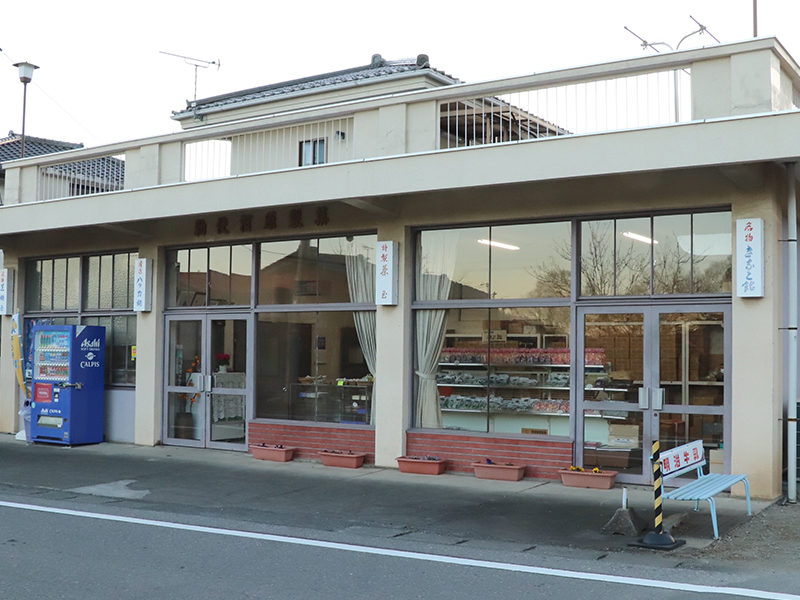
A long-established candy and confectionary manufacturer and distributor founded in 1864. “Chichibu Ame" (candy) is meticulously handcrafted the traditional way using carefully selected ingredients while retaining their original flavor and umami. Almost all of the products are additive-free, making it safe to eat for people of all ages.
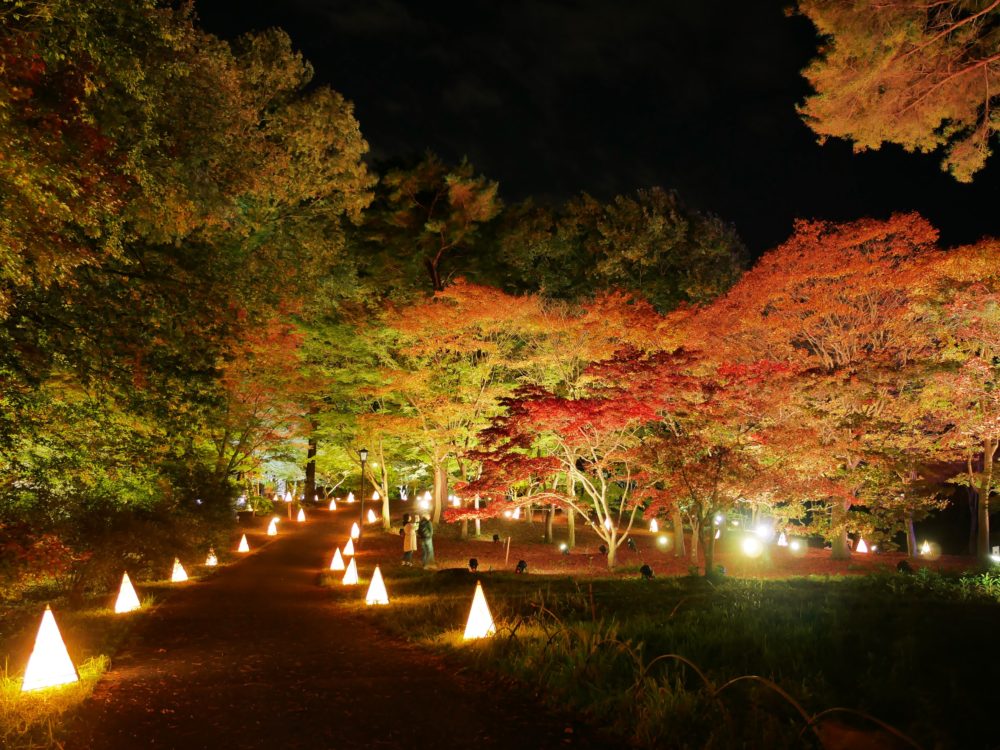
The Musashi-Kyuryo National Government Park was built as part of the Meiji Centennial Commemorative Project. Musashi-Kyuryo is Japan's first national park and is located on a vast, hilly area of 304 hectares stretching between Namegawa Town, Hiki District and Yagii, Kumagaya City, Saitama Prefecture. The park is mainly forested areas, and includes ponds, swamps, marshes and grasslands, for a diverse ecology where precious flora and fauna can grow and thrive. It is also one of few places within the metropolitan area where you truly can feel in contact with nature.
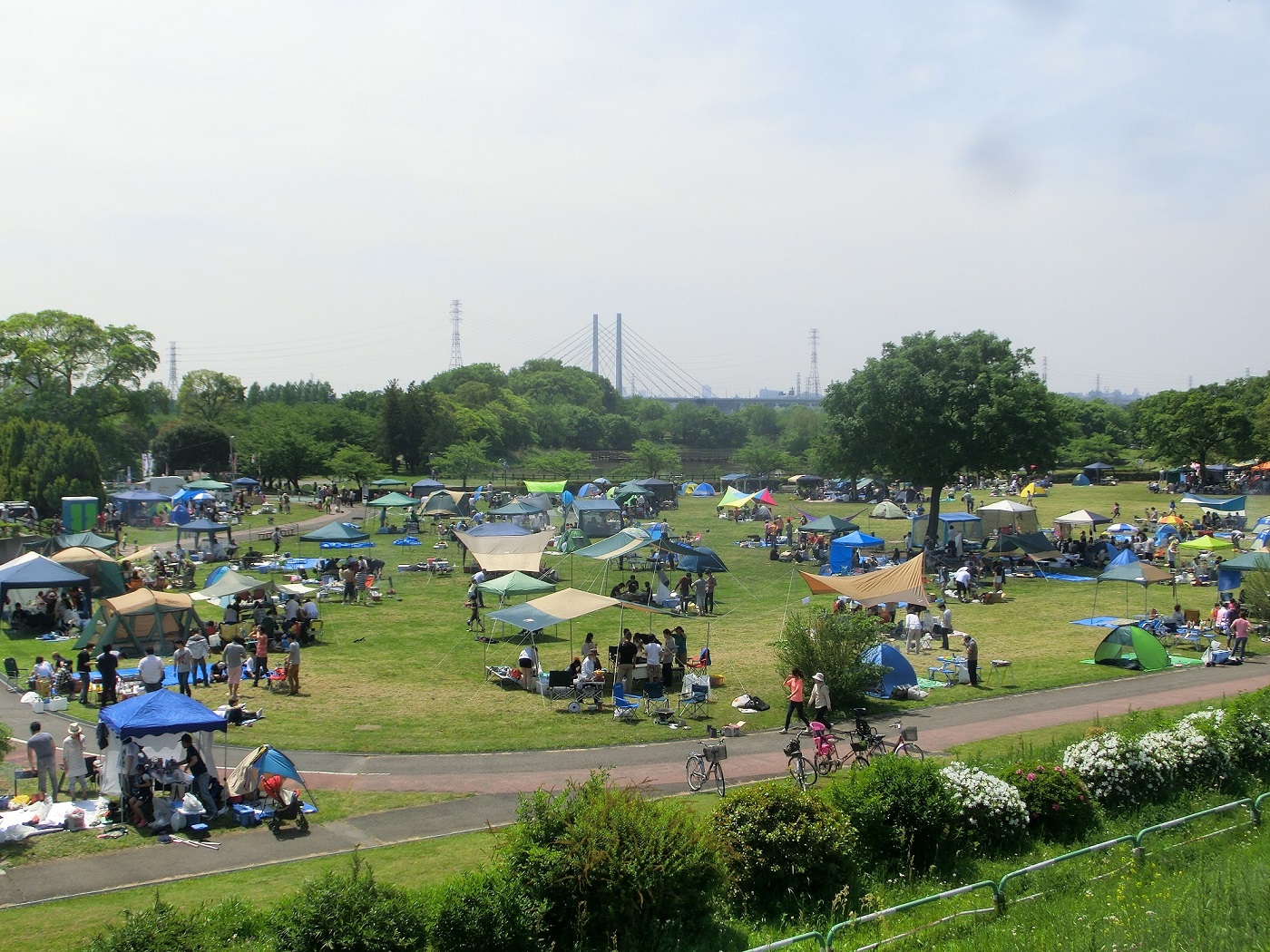
"Saiko" is a park developed along the Arakawa riverbed retention basin that's filled with nature; with the blooming of Japanese primrose and the beautifully maintained fields, visitors can relax and enjoy the change of the seasons. There is a spacious BBQ area where visitors can choose between a free area with no reservation required, and an area with BBQ prepared which requires a reservation. There are also tennis courts, dog friendly spaces, fishing spots and the lakeside area is a popular spot for cycling and windsurfing. With easy access by car, the park attracts more than one million visitors a year!
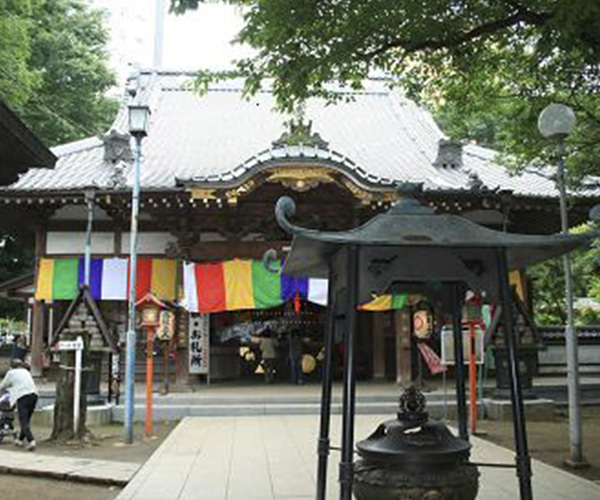
Founded in 1549 by Renkei Daishi, the mother of Kawagoe Castle Lord Masashige Daidoji. Later during the Tokugawa period, it was officially recognized as a temple and made into a school for Buddhist monks, and many Buddhist monks were educated there. In addition, the temple enshrines Fukurokuju, one of the 7 lucky gods of Kawagoe. Events are held at the temple on a regular basis.
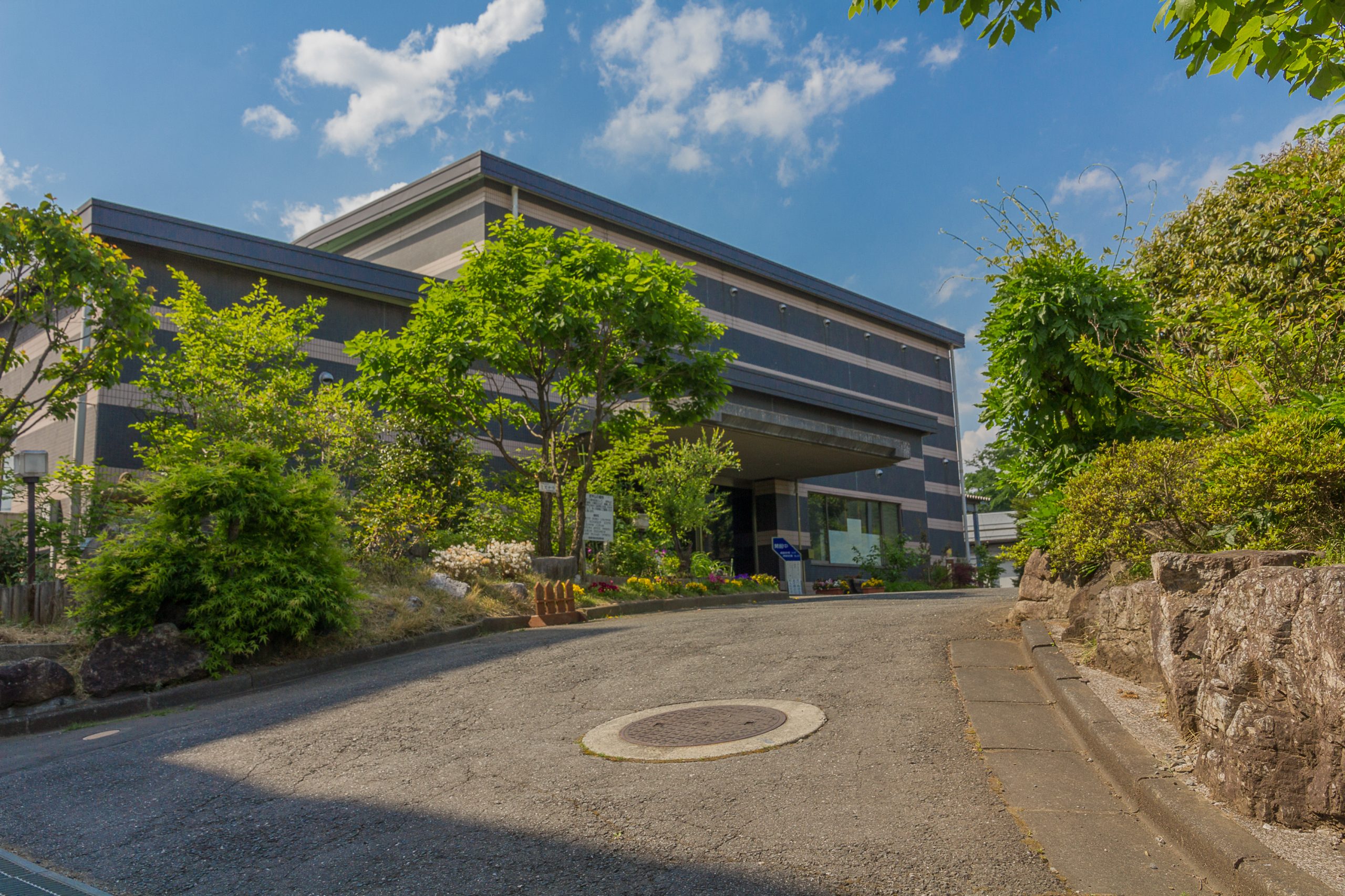
The entire cultural heritage of Yokoze Town is on exhibit at this museum. There are stage models of Yokoze’s puppet show (designated intangible folk cultural property by the prefecture), models of Bukōzanmitake Shrine Palace, specimen displays of animals and plants collected from Mt. Bukō, and historical documents that portray the transitions of Yokoze Town. In the “nature” section of the permanent exhibition room, approximately 130,000 year-old fossils of the giant Japanese elk, buffalo and wolves, which were discovered in the Negoya Limestone Cave, are on display. These fossils are very rare on a national scale.
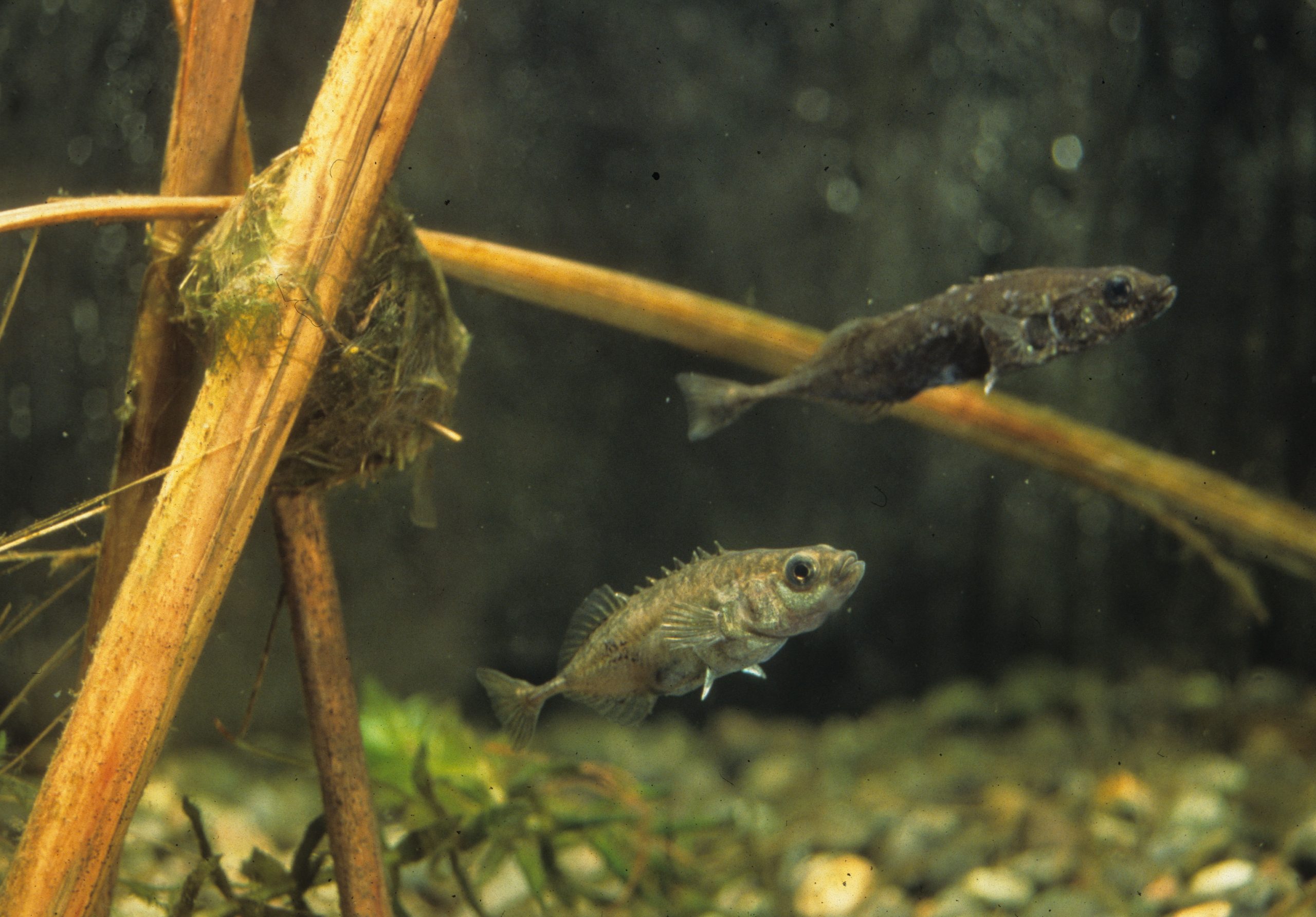
This aquarium features exhibits of approximately 70 different types of freshwater fish native to Saitama Prefecture that inhabit the upper stream of the Arakawa River to the region surrounding the mouth of the river. Among the highlights are the Tokyo bitterling, Musashi ninespine stickleback, and the waterwheel plant. (For more information regarding the facility, please refer to the URL below.)
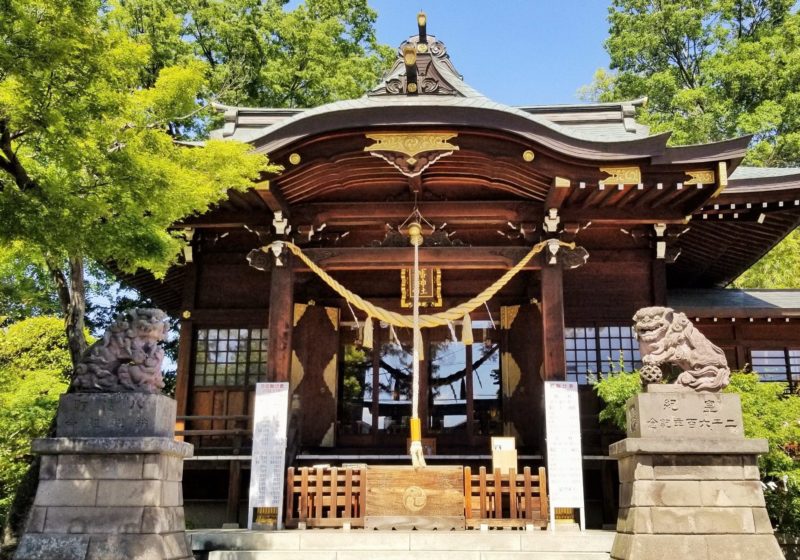
Gyōda Hachiman Shrine is called “Fūji no Miya" (Palace of Sealing) for its secret prayer method which is believed to help children sleep, prevents nervousness, cancer, diseases, bad habits and dementia in the elderly. In the precincts, there is a “shrine of the eyes,” the Kasamori Inari Shrine which enshrines the god of eczema and beautiful skin, along with “Okuninushi Shrine” that enshrines Oshi Castle’s 7 lucky gods. Recently, the “nade momo” (patting peach) is said to be a place for spiritual energy, and is famous for the god of warding off suffering from illness and misfortune.
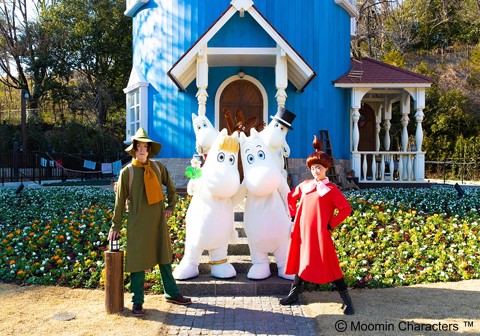
At the Moominvalley Park in Saitama Prefecture, based on the popular creation, ‘Moomins,’ by Finnish author and artist Tove Jansson, you can immerse yourself in the delightful world of Moomin and its popular characters. The first theme park of its kind outside of Finland, it was opened in March 2019 in Hanno, Saitama, and is easily accessible from Tokyo via train. There are four main attraction areas, featuring a variety of theater venues, a large three-story museum, a playground with Moomin landmarks that appear in the story, delicious restaurants, a cafe, and the world’s largest Moomin store! For additional fun, outside Moominvalley Park lies the Metsä Village, where visitors can enjoy a Nordic experience with shopping and dining options, relax around Lake Miyazawako in comfortable outdoor seating viewing the lake and surrounding forest, or take part in various hands-on activities. At Moominvalley Park, there’s fun to be had for everyone!
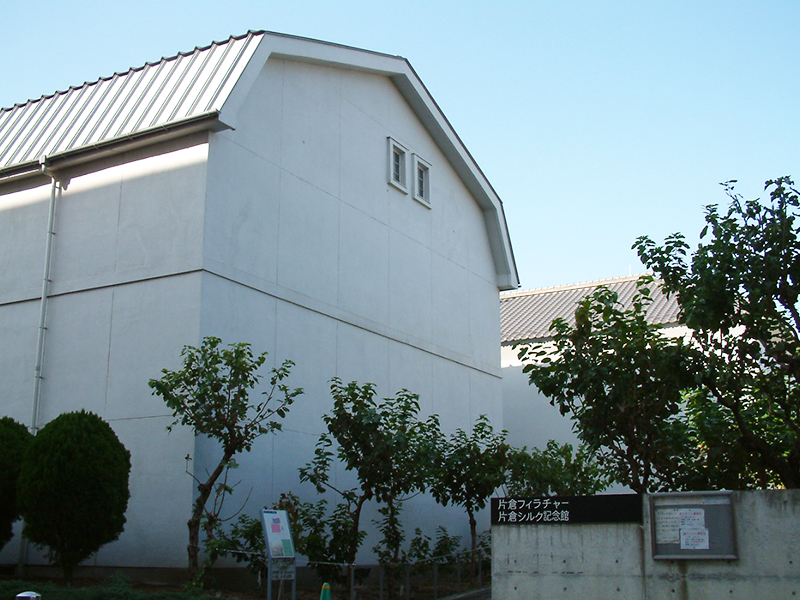
The Katakura Silk Commemorative Museum is built inside of Kumagaya Factory, the cocoon warehouse of the last remaining silk manufacturing plant of Katakura Industries, and is recognized as a Heritage of Industrial Modernization by the Ministry of Economy, Trade, and Industry. To preserve and pass on the company's 121-year history of silk production, the museum displays the machinery used to produce silk at Kumagaya Factory, and visitors can watch the entire process from cocoon to raw silk.
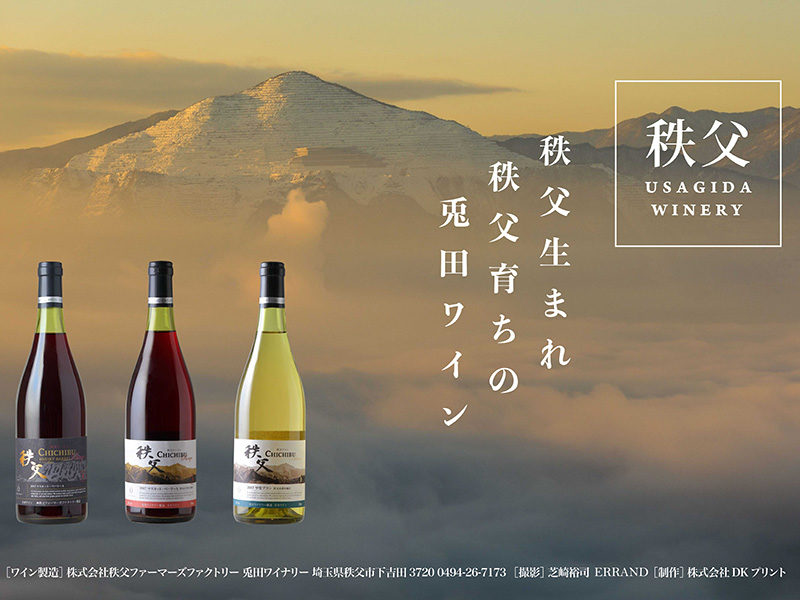
Tours of the wine factory and vineyard, free samples and sale of wines at the in-house direct sales store, and meals at the company-owned restaurant (business days specified) are available.
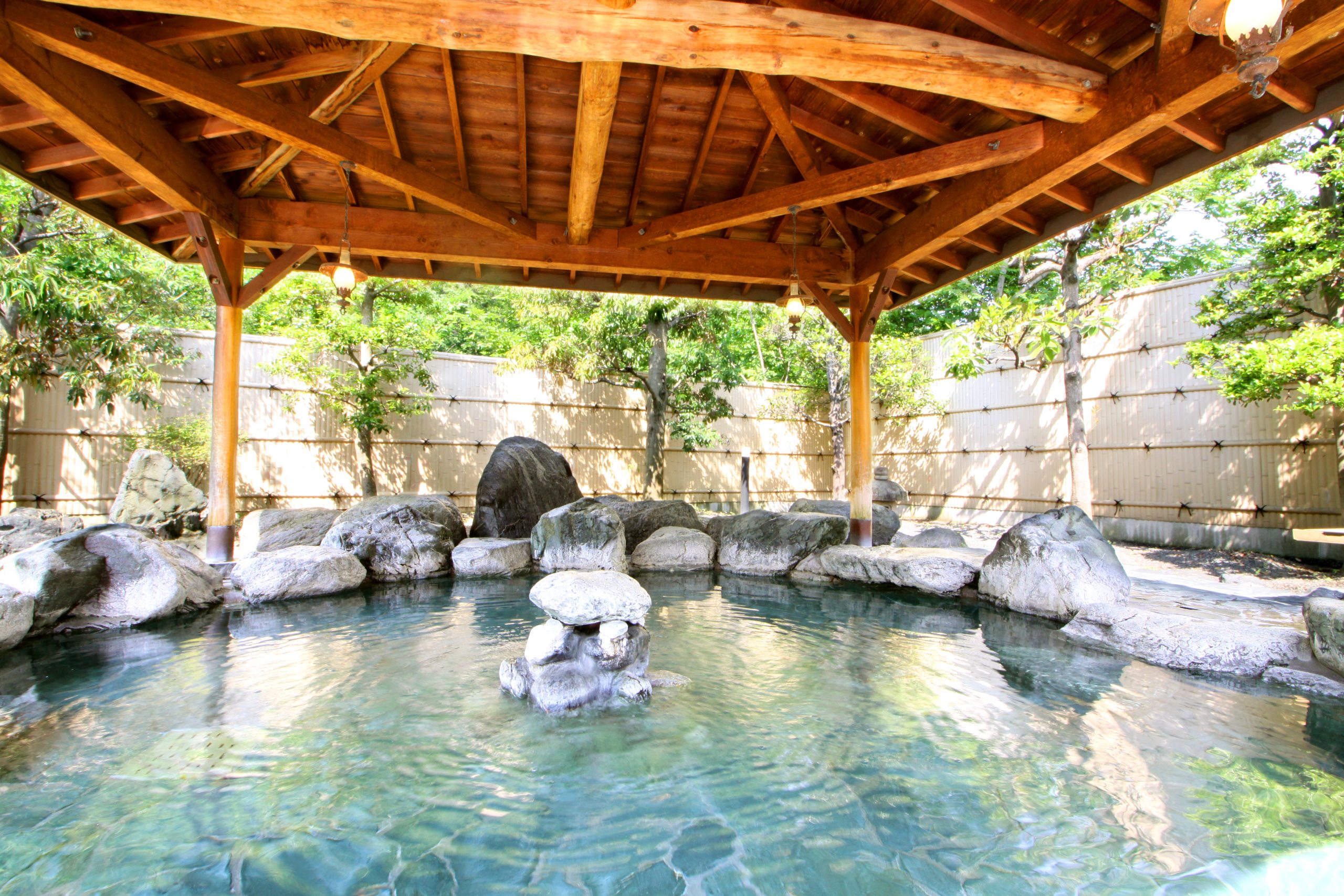
A simple sulfur hot spring. Chichibu Yumoto is a day trip hot spring with the Bukō Onsen as its source, and is effective for a range of chronic diseases such as nerve pain, sore muscles, joint pain, stiff shoulders, and poor blood circulation. One can fully enjoy nature in the liberating open-air bath with the hinoki (wooden) bath, which gives the gentle feeling of trees, and the rock bath, which provides a simple natural atmosphere. Nearby there are also Bukō Auto Campsite (Phone Number: 0494-23-8229) and lodging facility Bukō Onsen Bekkan (annex) (For reservations: 0494-24-4141).
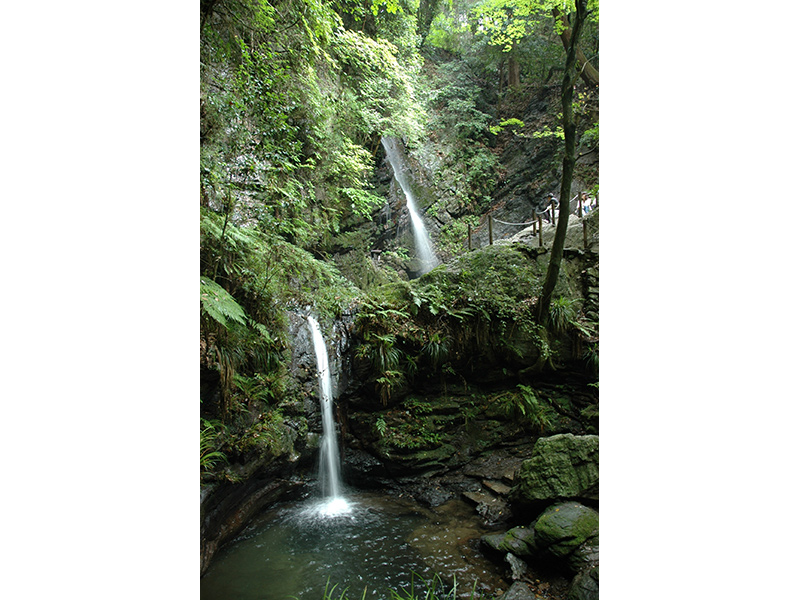
Kuroyama Santaki is the name of a group of three waterfalls known as Odaki (male waterfall), Medaki (female waterfall) and Tengu Taki (demon waterfall). This scenic spot was selected as one of Japan’s 100 best sightseeing destinations. Enjoy fresh greenery in the spring, refreshing cool air in the summer and remarkably beautiful leaves in autumn.
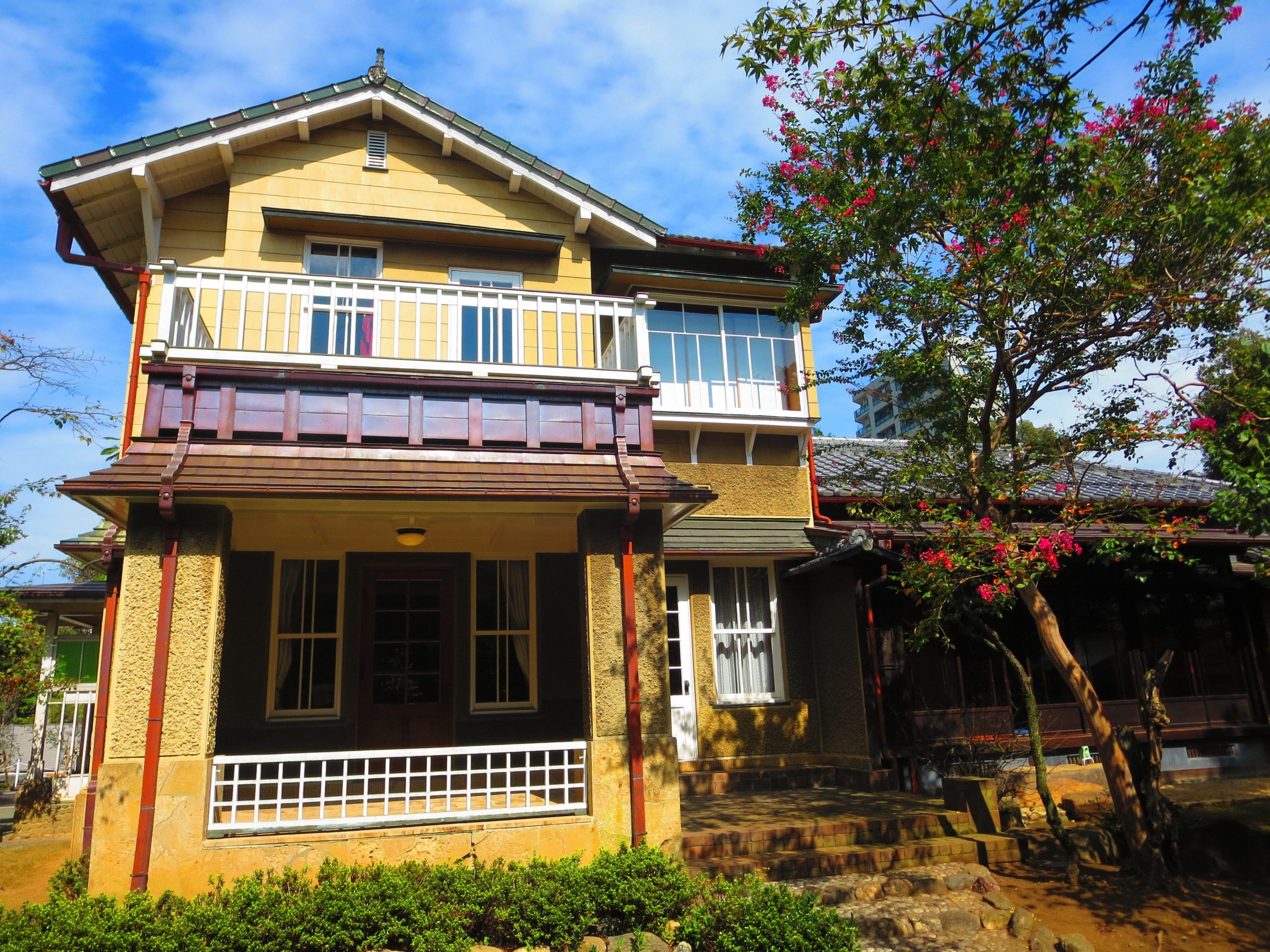
The Old Yamazaki Family Villa was built as a retreat for Kashichi Yamazaki, the 5th generation of Kameya, a long-established confectionery store of Kawagoe. The building and other components have been recognized as having national cultural significance; the main house, tearoom, and the benches of the waiting room were designated as tangible cultural properties of the city in 2000, a portion of the building was donated to the city in 2006, the garden was registered as the national monument (place of scenic beauty) in 2011, and the main building was designated as a National Important Cultural Property in 2019. The garden of the former Yamazaki family's villa is also recognized as a valuable example of a Japanese-style garden, including a tea ceremony room designed by Katsuya Hoka along with Japanese and Western-style buildings, and is highly regarded as “a contribution to the development of landscape gardening culture."
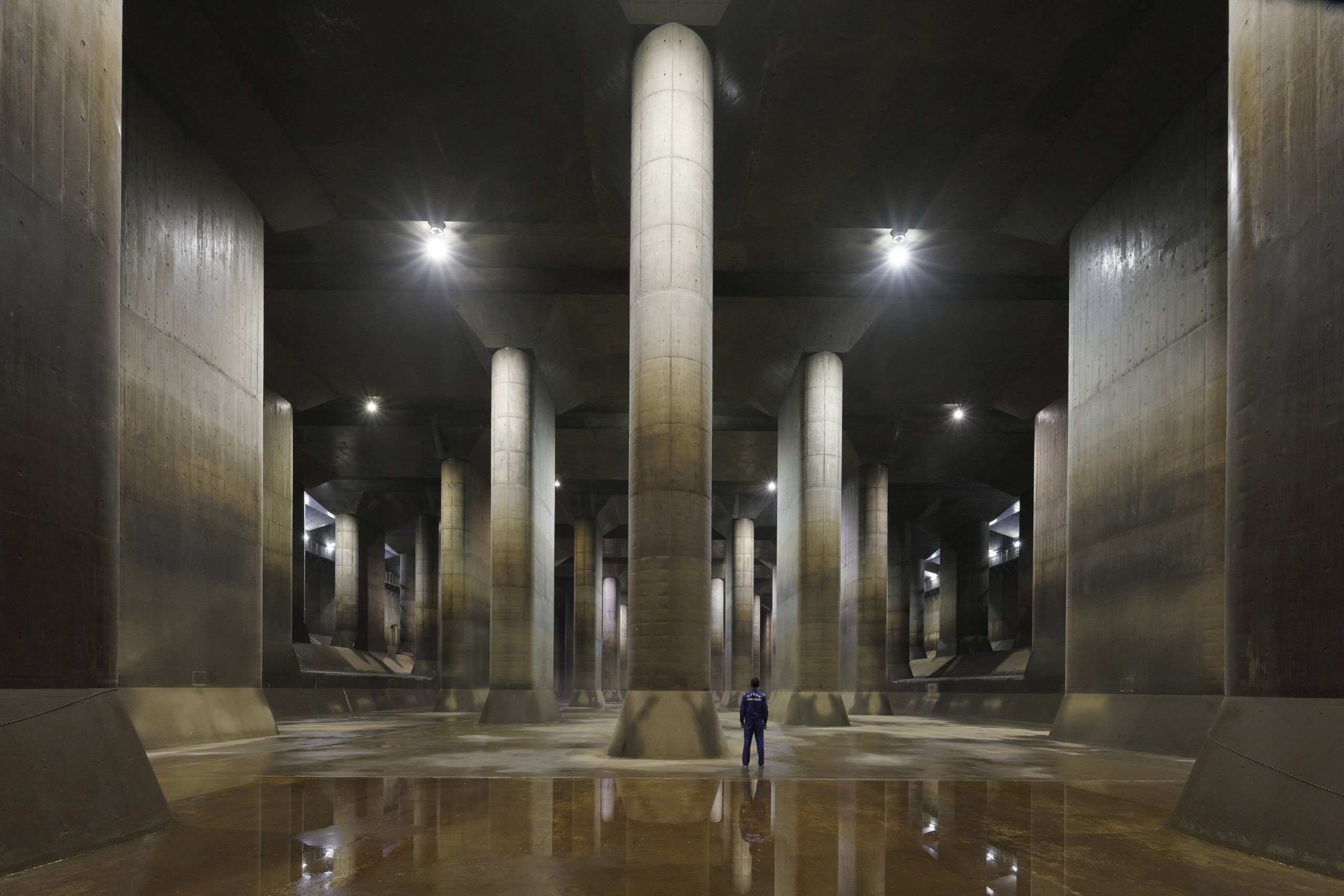
To help visitors learn more about the role of the regional flood control facility, “Metropolitan Area Outer Underground Discharge Channel,” we have increased the appeal of our tours and begun the second installment of this ongoing social experiment. In addition to the wildly popular tour of the surge tank, known as the "underground shrine," we have added secret passages, pump rooms, and sections of the gas turbine which will be opened to the public in 4 different courses. We encourage you to experience the grandeur of the “Metropolitan Outer Area Underground Discharge Channel.” Please check the URL below for details regarding tours and facilities. Notes on the reservation site: You can switch to English by clicking on the mark next to the earth symbol in the top right corner of a header section
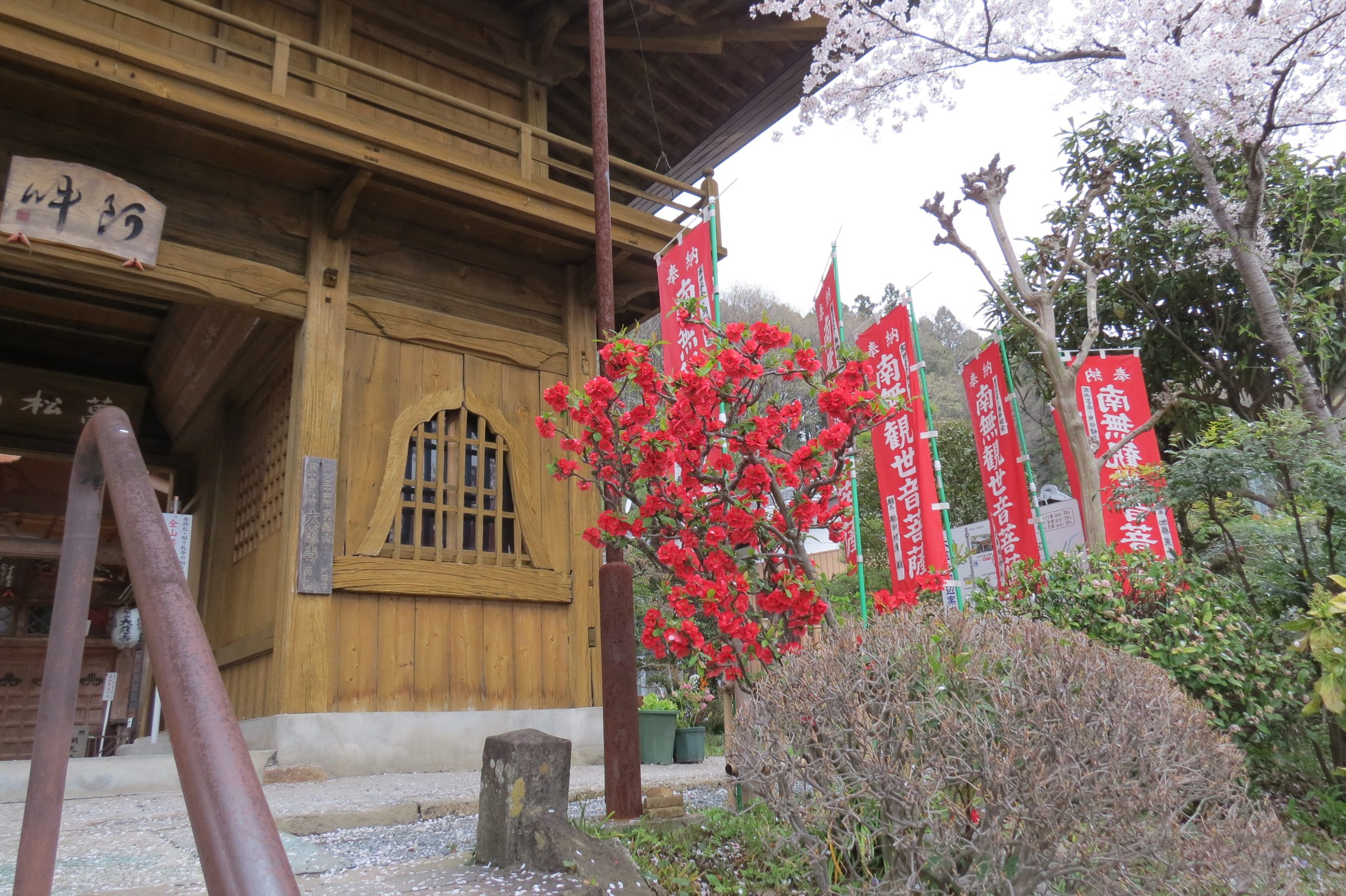
In front of the main hall is a statue of “Obinzurusama” (a disciple of Buddha), which legend has it that you will be healed by touching the statue where your body has pain while touching the same place on your body. In spring the adorable rare Bukoumamezakura cherry blossoms bloom for a delightful scene. It was also the setting for the animated movie, “The Anthem of the Heart." The “Enmei Jizō" (life-prolonging Jizō statue) stands at the entrance as a landmark.
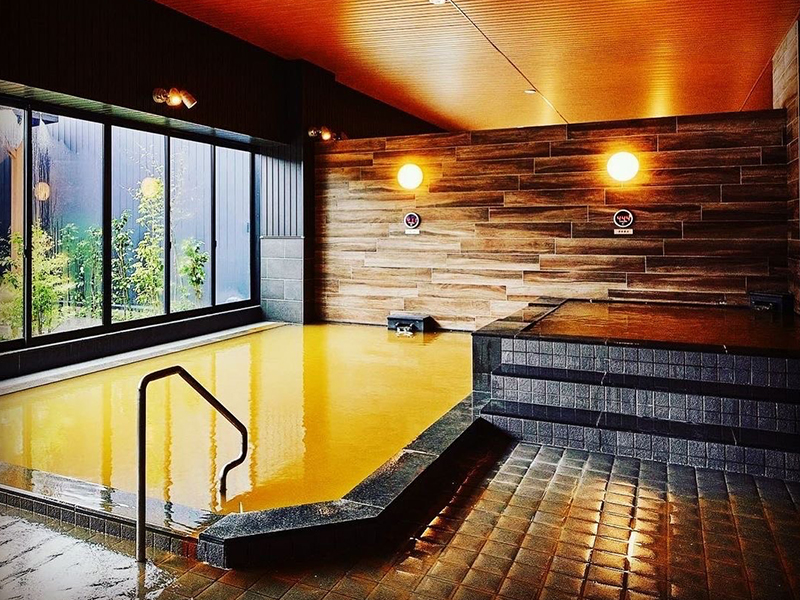
This hot spring was opened at Aeon Town Yoshikawa Minami in June 2021 under the theme ''deliciousness, happiness, beauty, and health." There are three types of indoor baths, a reclining bath and an outdoor bath. After taking a bath, you can enjoy sushi produced by Kanazawa Maimon and sweets by chocolatier Hironobu Tsujiguchi of Le Chocolat de H in the food court attached to the spa.
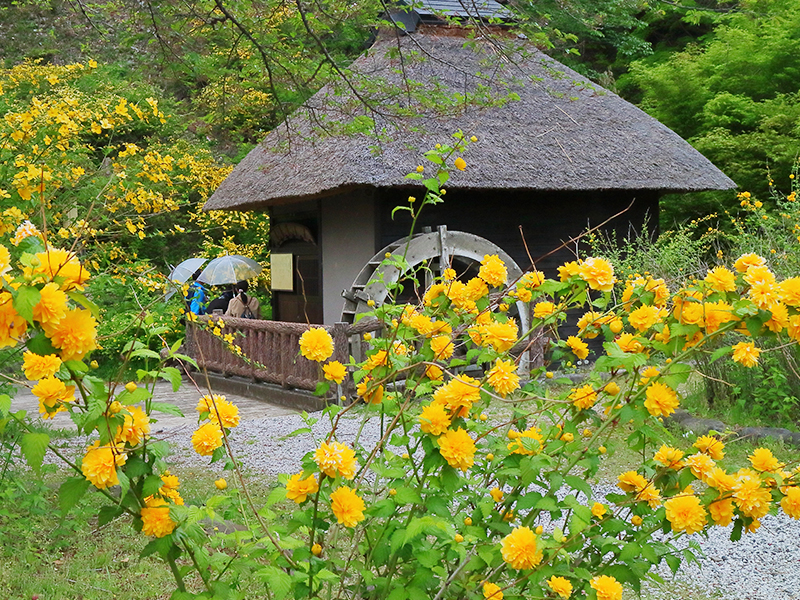
Yamabuki no Sato is associated with Ota Dokan, who was also famous for writing Japanese waka poetry. In the spring, about 2,500 Japanese rose trees sway in the breeze and match with the water mill hut to create an elegant atmosphere.
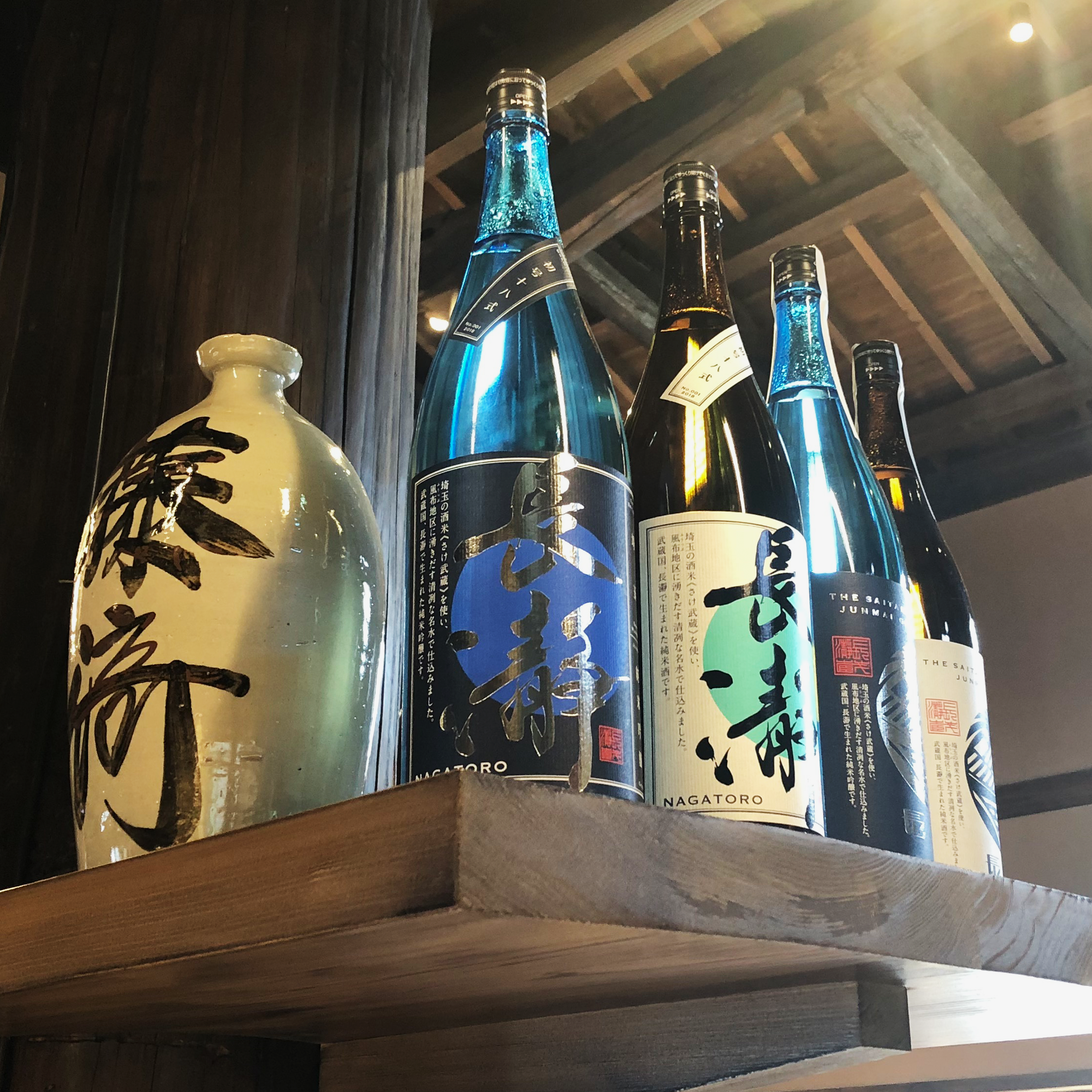
Established 290 years ago, Nagatorogura Sake Brewery and Boutique Store is a sake brewery that carries on the spirit of 11th Hino merchant Sōbē Fujisaki, who devoted his life to bringing Saitama’s Japanese sake to the world. In September 2018, to further pursue Sōbe Fujisaki's sake brewing tradition of “polish with skill and brew from your heart," the sake brewery moved to Nagatoro, a beautiful place of nature. Using naturally flowing water from the Fuppu area and rice grown on Saitama soil, we are producing the Japanese sake "THE SAITAMA ORIGINAL." (For more information about our facility, please visit the URL below.)
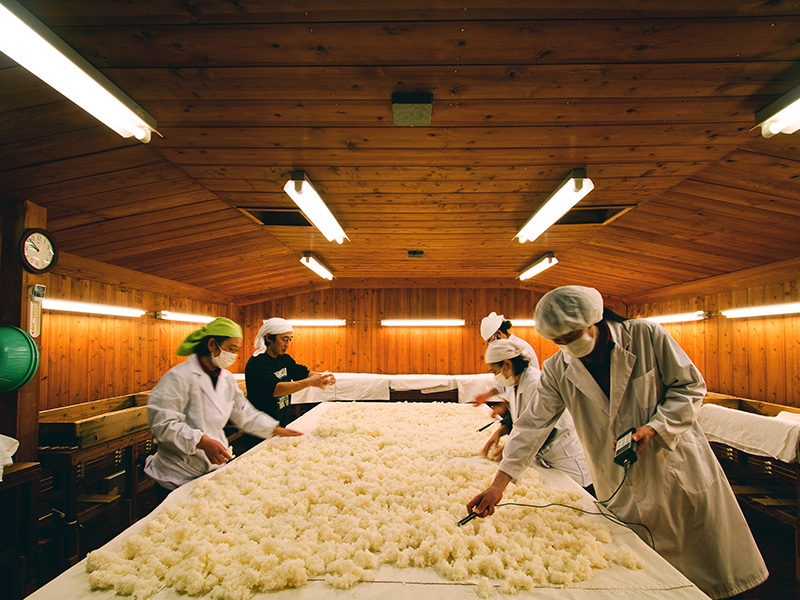
Established during the late Edo Kaei era (1850), Japanese sake, ume liqueur and sake lees are sold at this old-fashioned sake brewery and Taishō period store. Visitors can enjoy a cozy experience that can only be had at a small brewery. If touring the brewery, you will also get a small sake cup as a present. You can taste and compare various alcohols kept at different temperatures, and sake tasting games are also on the menu. Please consult with us regarding the content experience and pricing. Tours are held regardless of the season, but sake is prepared during the winter. There are times when it is difficult to hold tours during the sake preparation season.
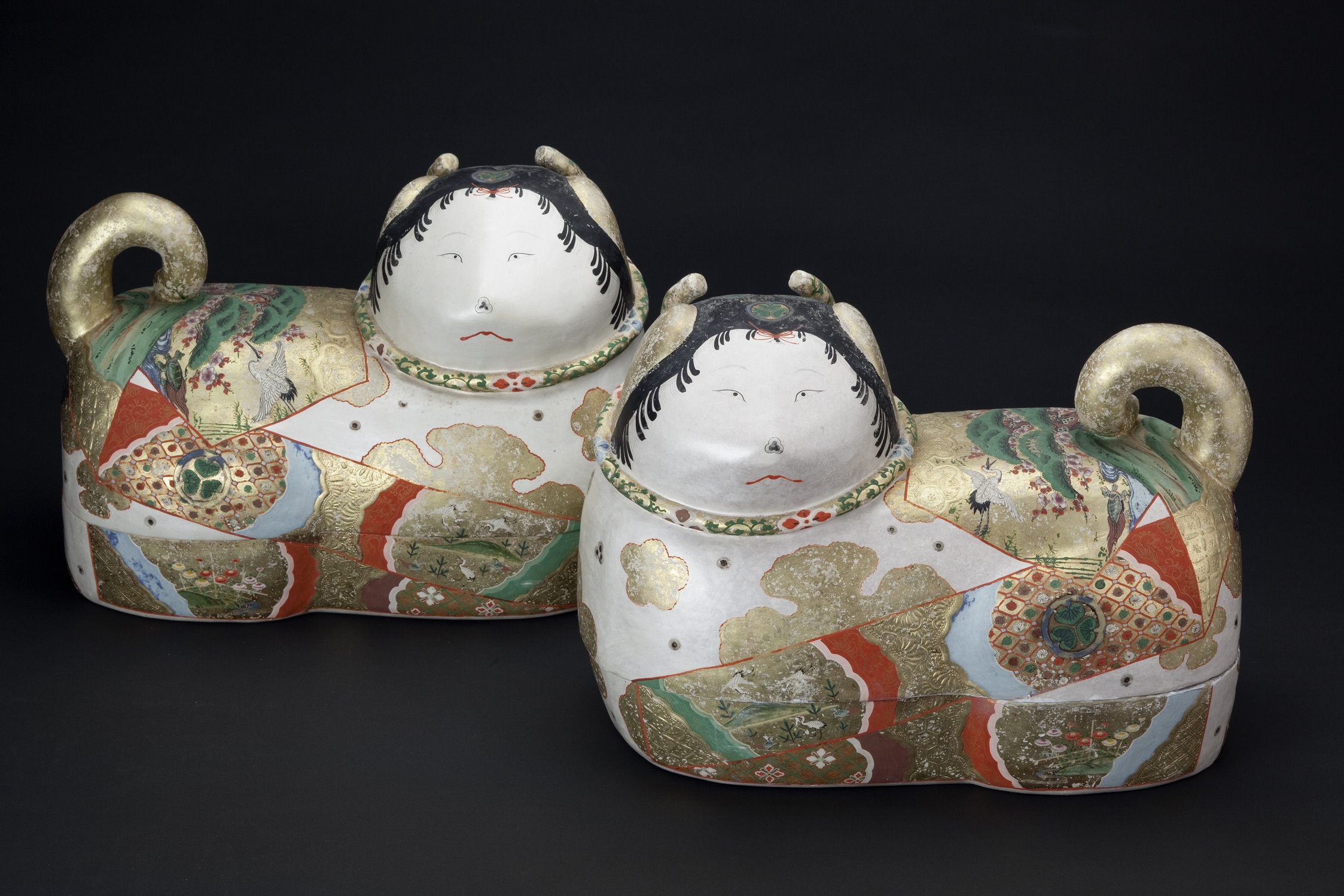
“Saitama City Iwatsuki Ningyo Museum” was opened in Saitama’s Iwatsuki Ward in 2020 and explores the history of dolls and their role in people's lives, promoting the culture of dolls for the future. We are working on a project to make dolls more familiar to people through exhibitions and activities, as well as collecting and storing documents related to dolls and researching about the culture of dolls. (For more information, please see the URL below)
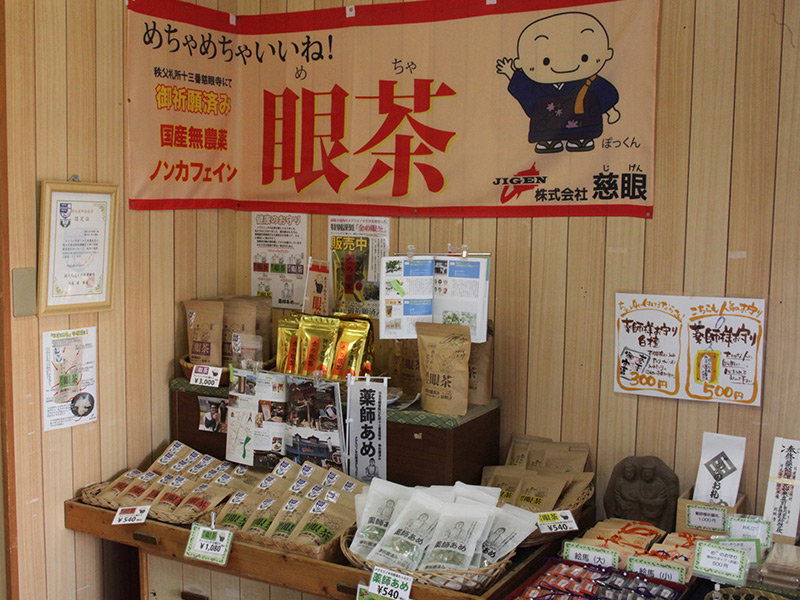
Jigenji is Chichibu’s 13th sacred site on Japan’s 100 Kannon Pilgrimage. It has been famous as a "temple for eyes" for 780 years. Worshippers come from all over Japan with worries and concerns regarding the eye.
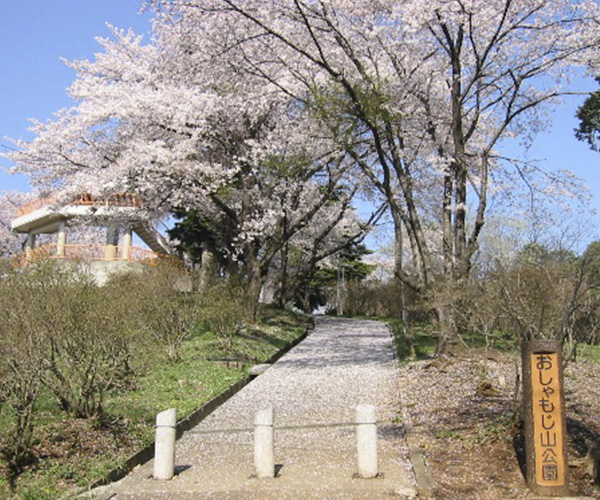
In the spring, cherry blossoms bloom and azalea flowers cover the mountain at Oshamoji-yama Park, located at the town's south entrance, and the many revelers make for a boisterous flower-viewing party. The Shamoji mother-goddess (god Oshamoji) is enshrined in a hokora (miniature shrine) at the foot of the mountain, thus the park is named “Oshamoji-yama.” The Kanto Plain and mountains of Chichibu can be seen from the park's observatory.
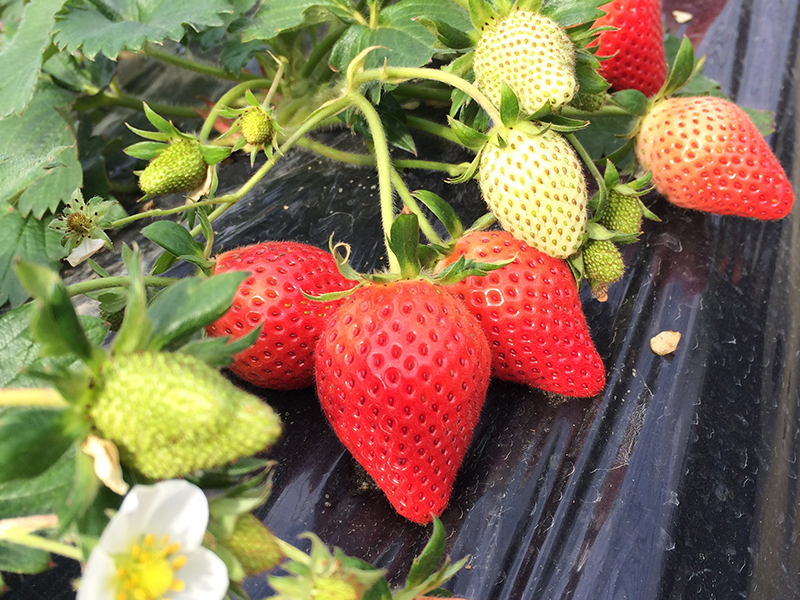
A 10 minute walk from Yokoze Station. Also a 10 minute walk to Hitsujiyama Park and Shibazakura no Oka. Strawberries grown with a focus on the best taste and assurance of quality.
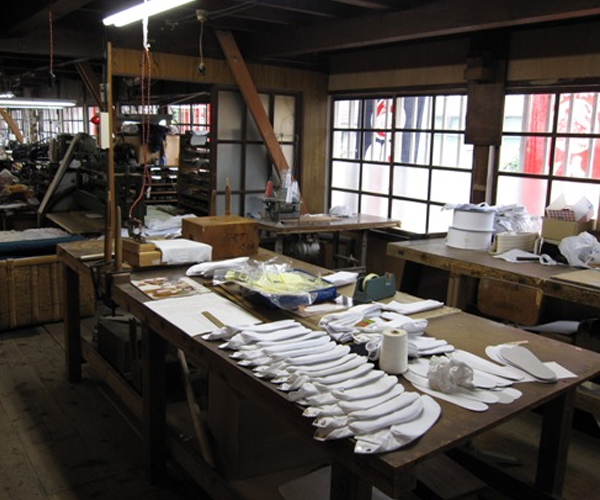
Tabi to Kurashi (Tabi and Life) Museum was originally a factory of tabi socks delivering to tabi stores under the name Bokuya Honten (Main Branch). The factory was reborn as a museum, retaining most of the original factory’s appearance. At the museum, demonstrations by individuals who used to be tabi craftsmen can be seen, and your own original tabi (additional cost) can be made every second Sunday of the month.
This site uses cookies to improve the user experience. If you continue to browse, you consent to the use of cookies on this site. Accept
